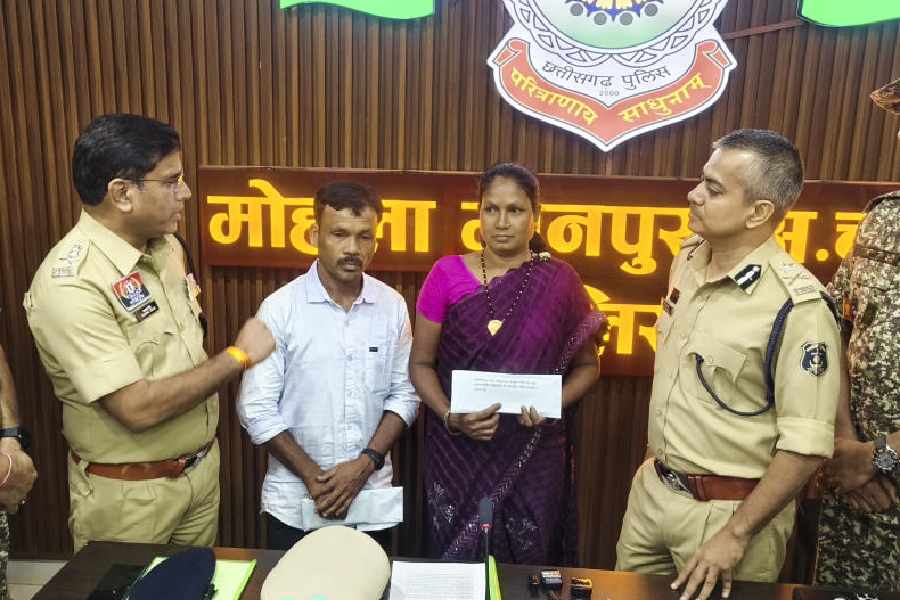 |
| Secure home |
Jorhat, Oct. 3: Assam is poised to become the first state in the country to have a critical wildlife habitat in the Gibbon Wildlife Sanctuary near Mariani in Jorhat district.
Explaining the new concept floated by the Union ministry of forests and environment, Jorhat divisional forest officer Rajib Kumar Das said, to be included in the list, a forest area should be free of encroachment and tribal settlements and have a well-demarcated boundary.
Critical wildlife habitat means creating inviolate space for wildlife, including the most important group in India that is the tiger.
“According to the Tribal Land Act 2005, bonafide forest dwellers cannot be evicted and will be the first to benefit from government’s forest schemes. But there has been no encroachment or settlement in the Gibbon since it was declared a sanctuary in 1997. This cannot be said of either Kaziranga or Manas National Park,” Das said.
“Though there is no settlement as such, there is an army base which takes up 4sqkm of the 20sqkm sanctuary. The army base was established during the Chinese war of aggression in 1963 and there is no place in the vicinity to shift it. The base, however, provides protection against encroachment and poachers,” the divisional forest officer said.
Das said last month a meeting was held in Guwahati among high-ranking officials of the Wildlife Institute of India, Dehra Dun and state forest department, including principal chief conservator of forests, Suresh Chand.
The decision to submit the proposal for the critical wildlife habitat was taken at this meeting.
Assistant conservator of forests, Jorhat forest division, Gunin Saikia, said the Gibbon Wildlife Sanctuary topped the selection list, and that Assam would be the first state to have a critical wildlife habitat.
“Nowhere in India is there a sanctuary which falls under this category, and if Gibbon achieves the status, then it will come under the maximum protection order and will benefit from other schemes,” Saikia said.
The sanctuary is unique as it is the only sanctuary in the country where seven primate species, the largest number in any sanctuary, co-exist.
According to a census conducted by the Jorhat forest department at the sanctuary last year, there are 95 hoolock gibbons, 25 Bengal slow loris, 41 Assamese rhesus macaques, 33 golden langurs, 75 pig-tailed macaques, 154 capped langurs and 174 stump-tailed macaques.
The census, conducted from March 16 to 21, 2009, also revealed the existence of five single and 25 families of the rare and endangered hoolock gibbon in the sanctuary.
Besides, there are wild elephants, deer, bison and cobra and many species of birds. The forest department was also enthused at the sighting of the rare white-winged wood duck in February 2009 in the sanctuary.
The 20sqkm Gibbon sanctuary is a part of the Holongapar reserve forest.










